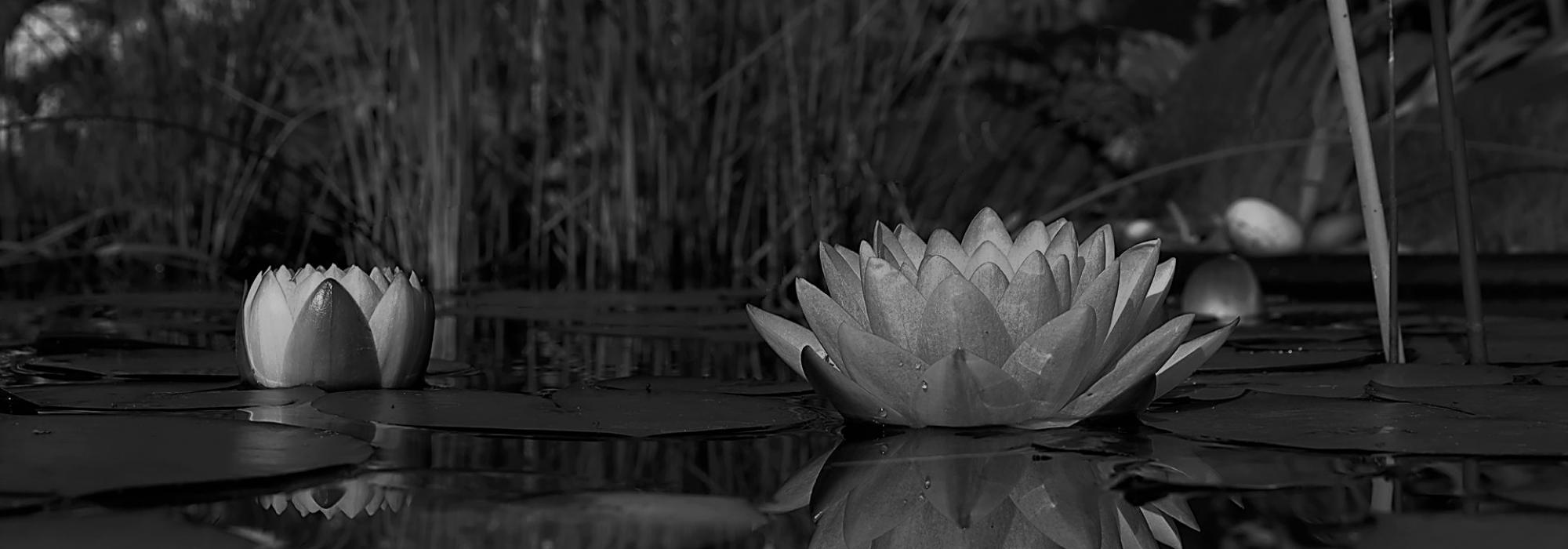Rāma savoured the recital amid a large group of literary aficionados: sa cāpi rāmaḥ pariṣadgataḥ (1.4.36). This is arguably the best way to appreciate art because people with a refined aesthetic sense assist one another in discovering newer and newer subtleties, thus raising the level of overall enjoyment.
Uttarakāṇḍa has many interesting details about the recital of Rāma’s story by Lava and Kuśa. The presentation was as much Lava’s and Kuśa’s as it was Vālmīki’s. This episode instructs poets on the correct way to present poetry before a congregation of connoisseurs. Prior to the recital, the poet should eat and drink adequately and consume natural potions to keep his tone intact (7.93.8–9). He should not organize the programme just to make money (7.93.11). He should not stretch the presentation to tiresome lengths, enthused though he be by the presence of interested listeners (7.93.12).
It is important to respect the audience. While a poet seeking monetary benefits might appease the affluent among the audience and ignore the rest, one indifferent to money might act in the opposite manner. A good poet avoids these extremes. He seeks only such people who can lend him sensitive, sympathetic ears.
Poets are no different from common people. They adhere to values in the limited context of their creative work but are vexed by value-conflicts in real life as the rest of mankind. Only ṛṣi-kavis, poets who are also sages, unconditionally adhere to values outside the realm of poetry. Their life, much like their speech, is poetic. Vālmīki was a ṛṣi-kavi. He sincerely wished that Rāma would accept Sītā again. A canto in the Uttarakāṇḍa titled Vālmīki-pratyaya-dāna reveals his stand. He vouched for Sītā’s chastity and spoke highly of her:
बहुवर्षसहस्राणि तपश्चर्या मया कृता।
नोपाश्नीयां फलं तस्या दुष्टेयं यदि मैथिली॥
मनसा कर्मणा वाचा भूतपूर्वं न किल्बिषम्।
तस्याहं फलमश्नामि अपापा यदि मैथिली॥ (७.९६.२०–२१)
If Sītā is unchaste I will forgo the fruit of austerities that I have performed for thousands of years. If Sītā is unchaste I will forgo the fruit borne by my pure thought, word and deed.
He further stated:
लोकापवादकलुषीकृतचेतसा या
त्यक्ता त्वया प्रियतमा विदितापि शुद्धा॥ (७.९६.२४)
O Rāma, fear of public reproach has prompted you to banish your beloved. But you know Sītā is unblemished!
The whole of Ayodhyā, with Rāma at the lead, had banished Sītā. Vālmīki took her to his hermitage and gave her much-needed succour. Not only did he ensure that she gave birth to children without any hassle, but also took good care of her sons, educated them and helped in their upbringing. To uphold human values, he took on the entire country!
Magnanimity counts for much more than poetry. A noble outlook outdoes felicity of expression. In the appreciation of the work of a noble poet, poetics transforms into an inquiry of life-enriching values. Poetics bereft of the said values can never grow to its fullest potential.
Vālmīki did not harbour hatred for Rāma. He perfectly understood the king’s predicament. Although Rāma forsook his wife, Vālmīki did not forsake him. Instead, he composed an epic on him and even taught it to his children. Rāma, to his credit, confided his helplessness in Vālmīki (7.97.4–5). Were his intention to show Rāma in a bad light, the poet could have left out this bit. But he has not. And this shows his nobility, equanimity.
Modern champions of social reform take pride in being perpetually bitter to humankind. Vālmīki is at a safe distance from them. His thoughts on literary aesthetics are as valuable as his poetry.
Bhagavān Vyāsa
At the beginning of the Mahābhārata, the poet tells us that it includes the kernels of many branches of learning. He urges us to not look at it as a mere poem and draws our attention to its refined structure, its substance that is full of logical subtleties and its nature that is enlivened by the essence of the Vedas: saṃskāropagatā sarasvatī, sūkṣmanyāyārthayukta, vedārthabhūṣita. Considering these features of the epic, Kṣemendra called it a śāstrakāvya (Suvṛttatilaka, 3.2).
The Mahābhārata is a mine of literary excellences:
अलङ्कृतं शुभैः शब्दैः समयैर्दिव्यमानुषैः।
छन्दोवृत्तैश्च विविधैरन्वितं विदुषां प्रियम्॥ (१.१.२६)
The epic is embellished with wonderful words and the conventions of humans and deities. Comprising various poetic metres, it is a veritable treat to the learned.
This description might have served as a model for aestheticians such as Bhāmaha in defining an epic poem.
After the age of Kālidāsa, several theorists have enumerated the characteristics of poems and plays. However, they have not discussed in an exhaustive manner how characters should be developed and delineated. They have indeed enlisted numerous types of protagonists; but they have not told us how characters differ from poem to poem, genre to genre, shaping up as per the poet’s talent. Most theorists are content with describing typical heroines, villains and minor characters. They offer no help to the poet in his quest to mould characters suitable to the predominant mood of his composition.
Vyāsa is different from them. At the very outset of the poem, he introduces the subject and succinctly describes the nature of characters:
विस्तरं कुरुवंशस्य गान्धार्या धर्मशीलताम्।
क्षत्तुः प्रज्ञां धृतिं कुन्त्याः सम्यग्द्वैपायनोऽब्रवीत्॥
वासुदेवस्य माहात्म्यं पाण्डवानां च सत्यताम्।
दुर्वृत्तं धार्तराष्ट्राणामुक्तवान् भगवानृषिः॥(१.१.५९,६०)
Vyāsa, the noble sage, has here described the great Kuru lineage, Gāndhāri’s virtues, Vidura’s wisdom, Kuntī’s fortitude and Kṛṣṇa’s greatness. He has portrayed the truthfulness of the sons of Pāṇḍu and the evil conduct of the sons of Dhṛtarāṣṭra.
















































